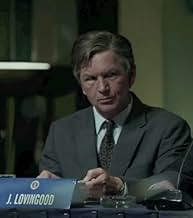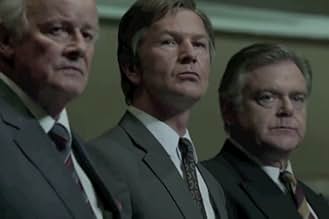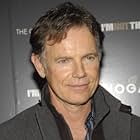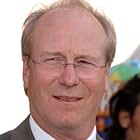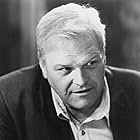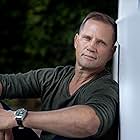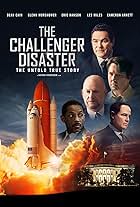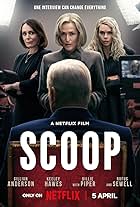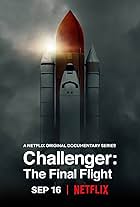Factual drama exploring the truth behind the space shuttle Challenger's 1986 disintegration.Factual drama exploring the truth behind the space shuttle Challenger's 1986 disintegration.Factual drama exploring the truth behind the space shuttle Challenger's 1986 disintegration.
- Awards
- 1 win & 2 nominations
- Michelle Feynman
- (as Megan Young)
- Judson Lovingood
- (as Sean C. Michael)
- Director
- Writer
- All cast & crew
- Production, box office & more at IMDbPro
Storyline
Did you know
- TriviaWhen Feynman is talking to Bill Graham from his home office, you can see a California vanity plate that partially spells out "TOUVA" on a shelf. Feynman and his friend Ralph Leighton, who transcribed his adventures into the books "Surely You're Joking" and "What Do You Care What Other People Think?" had been on a quest to visit the remote Asian country of Tuva, a country all but inaccessible to Westerners in the late 1980s. Leighton obtained the plate for his car. Sadly, their last, best scheme to reach Tuva fell into place two weeks after Feynman died of stomach cancer.
- GoofsWhen Feynman visits the Shuttle factory, the flight deck interior is clearly that of a Boeing 747-200. You can see the flight engineer's panel and the four throttles on the centre console, also the windscreen layout gives it away.
- Quotes
Rogers: The other commissioners are just being respectful.
Richard Feynman: And you're saying I'm not? You understand the implications of the oxygen being activated? I do. The astronauts had to do that themselves. Which means they were ALIVE for at least some of those two minutes and thirty six seconds before they slammed into the ocean. Mr Rogers I'm an atheist, I personally doubt they're touching the face of God so I prefer to show my respect by finding the CAUSE of their appalling deaths and not stand around looking sad.
- ConnectionsFollows Challenger (1990)
William Hurt is exceptional as physicist Richard Feynman, a member of the fact-finding commission, who almost single-handedly recognized the cause of the disaster and pushed the commission in the right direction. I did find his failing health issues to be important but overdone. The "peeing blood" and dialysis tended to take me out of the story when I'd already gotten and understood his health problems with the "x-ray" scene.
Brian Dennehy also did a remarkable job of channeling William Rogers (as head of the Challenger fact-finding commission) who from the beginning wants to whitewash the whole the thing. Rogers was the Secretary of State under Richard Nixon which is hardly a vote of confidence for the man and any real neutrality.
Overall, it would seem that history is not going to be kind to the Reagan Administration. The film does bring out facts that were never a part of any official commission findings implying those were repressed for apparently legitimate national security issues of the time. In a nutshell, the Reagan budget cuts caused NASA to promise the military the ability to launch military spy satellites via the shuttles almost on demand instead of the military developing their own new missile. Decidedly, putting temperature restrictions on such shuttle launches would not be something to tell the Soviets about. However, maybe in future years someone will realize that even this was a false concern because the launches would have been from the California coast where freezing temperatures would be almost non-existent.
I highly recommend this film to relive this piece of recent history.
- tv-striker
- Nov 16, 2013
- Permalink
Details
- Release date
- Countries of origin
- Language
- Also known as
- The Challenger Disaster
- Production companies
- See more company credits at IMDbPro





